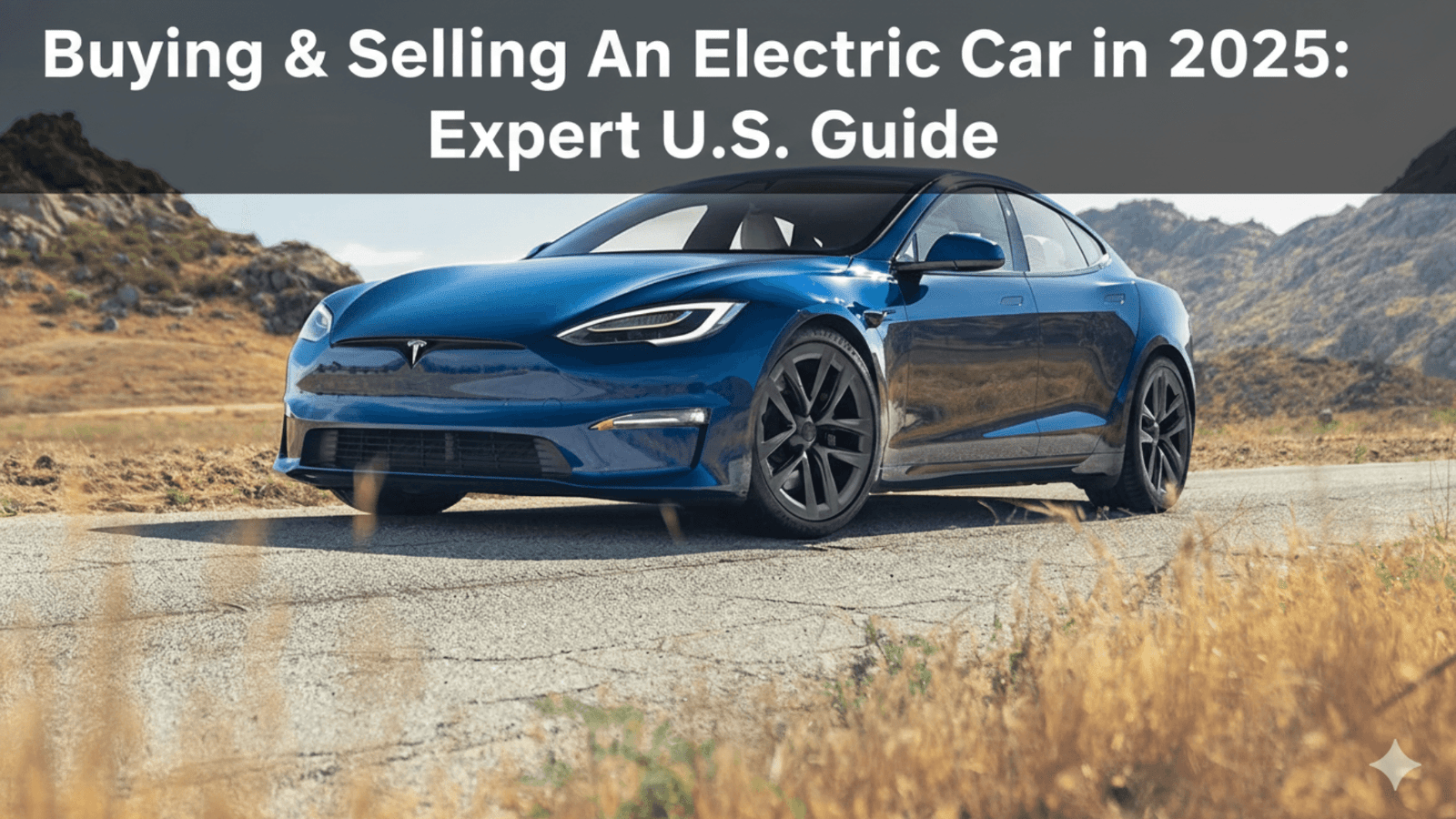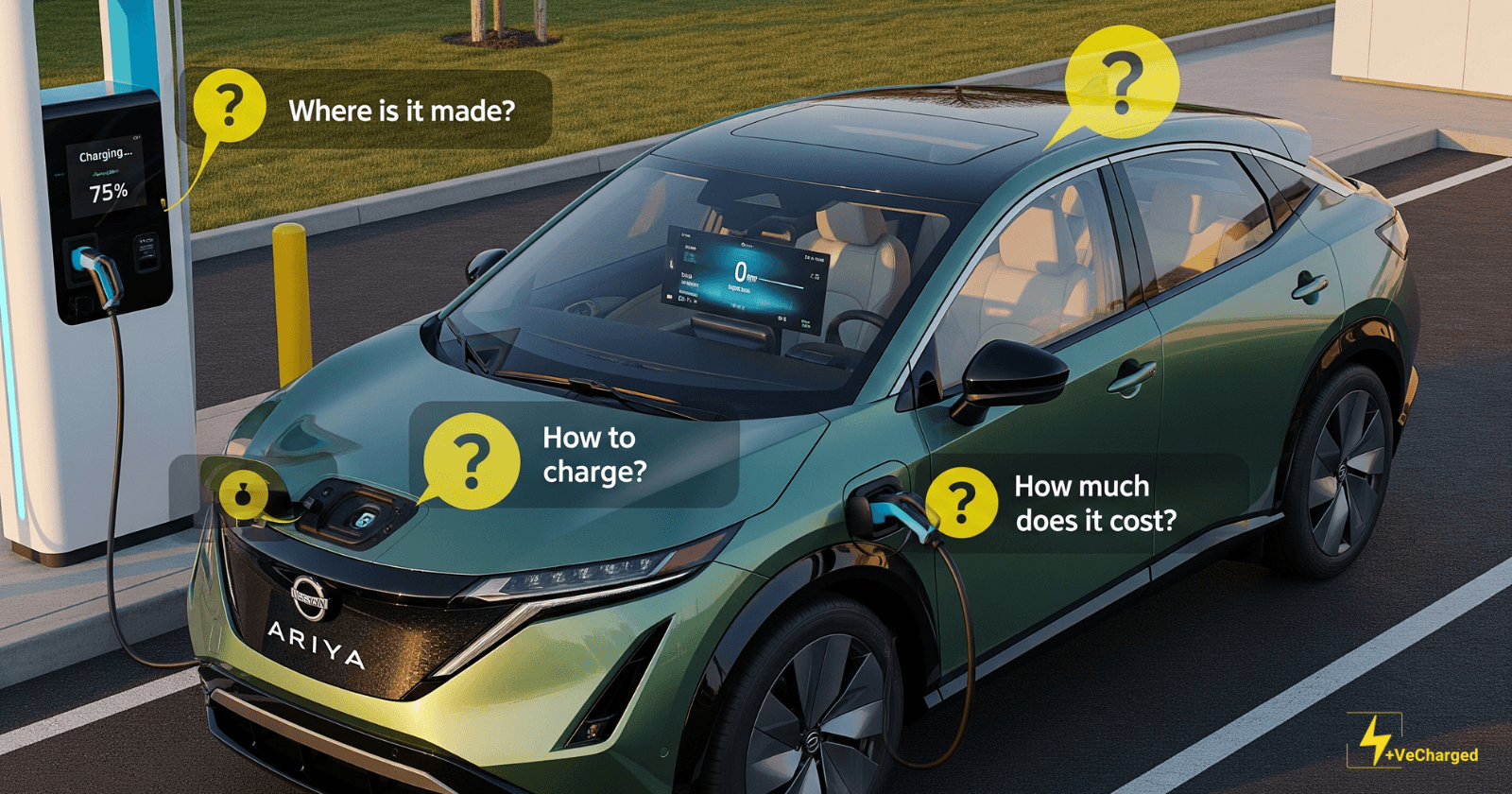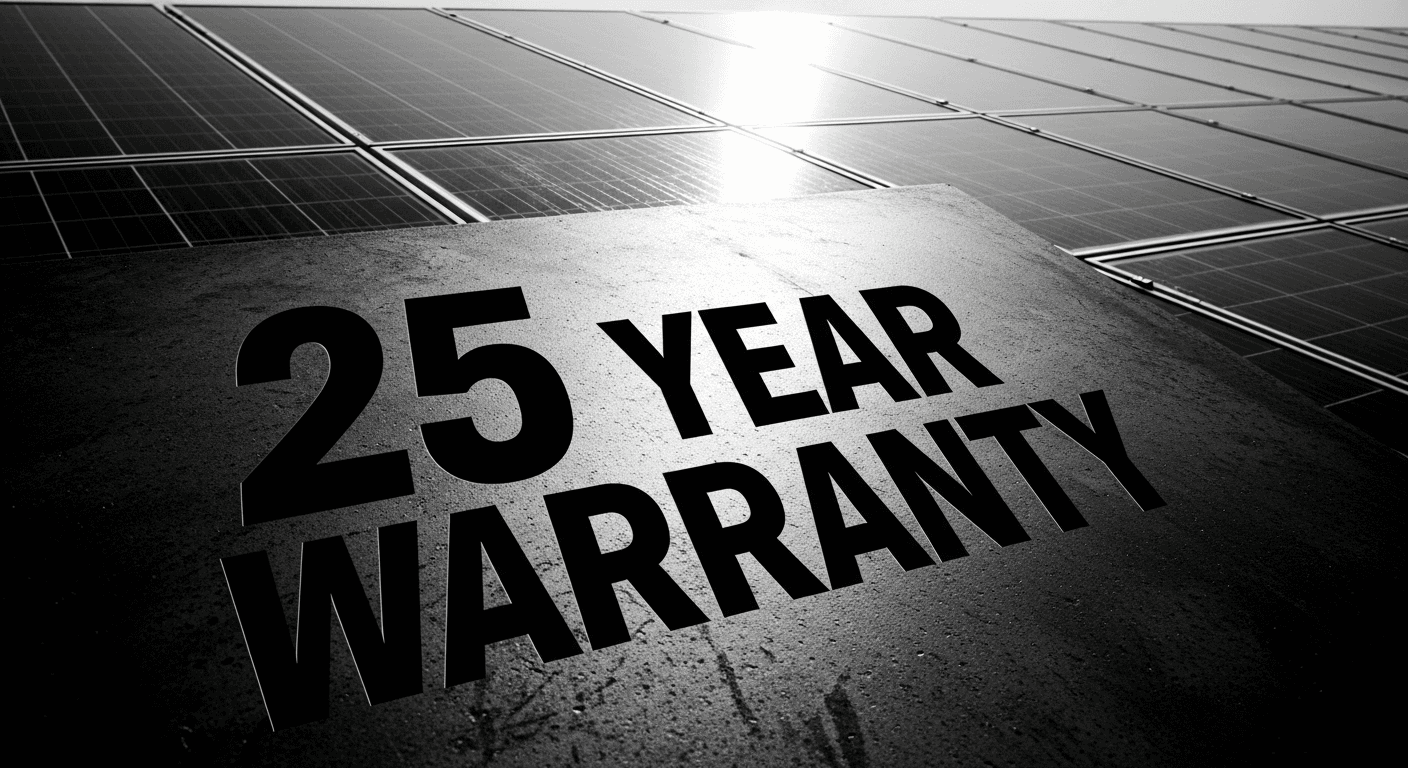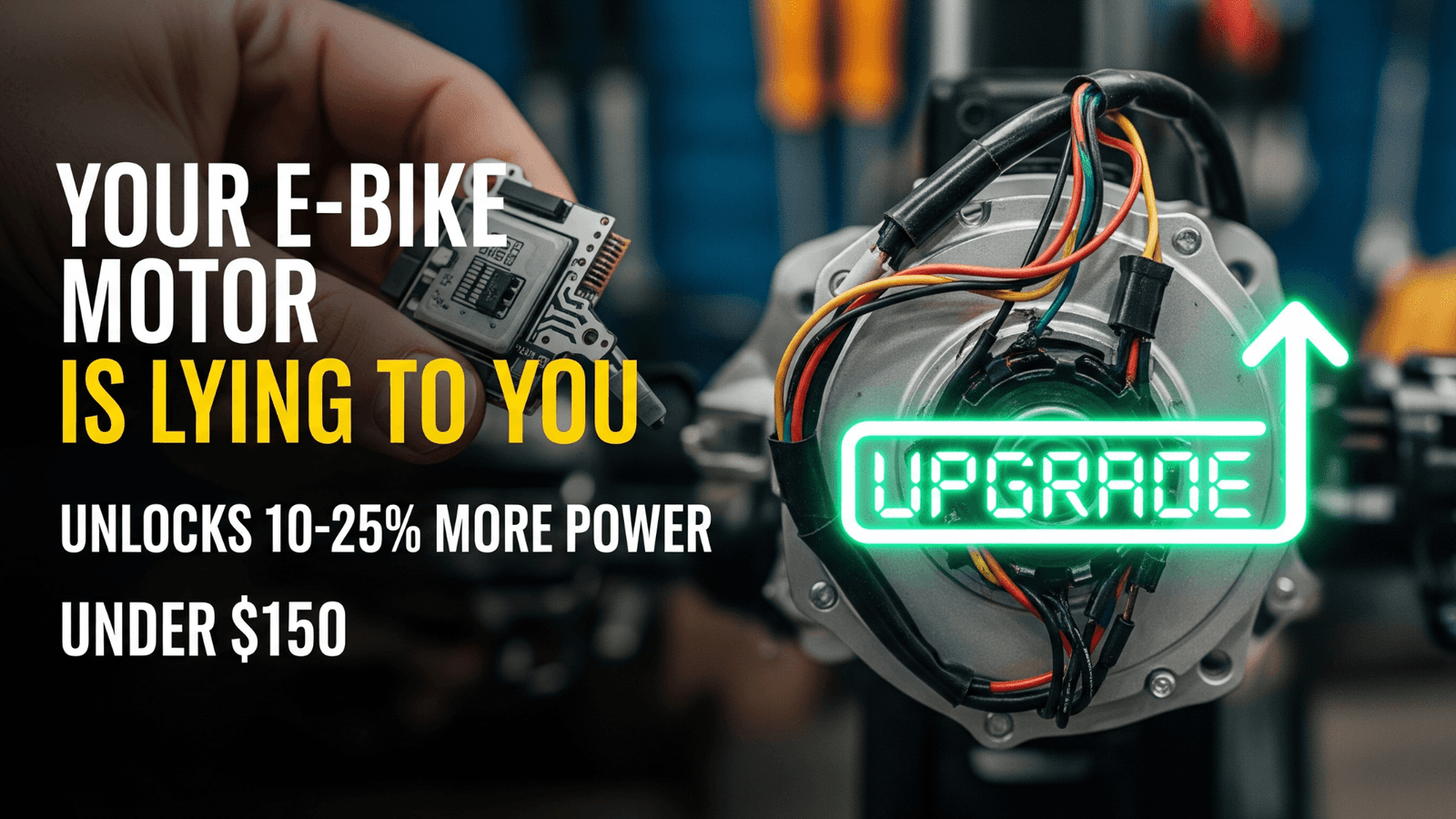By Rahul — EV Engineer, long-time electric car owner, and clean-energy nerd at Vecharged
I’ve Driven Electric Cars for a Decade & Here’s What I’ve Learned
When I bought my first electric car back in 2015, people warned me — “Batteries don’t last in American summers.”
They weren’t entirely wrong. Early EVs like the Nissan Leaf did struggle in hot states without proper battery cooling.
But things have changed. In 2025, electric cars are no longer futuristic — they’re mainstream.
If you’re planning to buy your first EV, sell your current one, or trade in for an upgrade, this guide will help you make the right decisions backed by real experience and data that actually matter.
Why Electric Cars Make More Sense Than Ever in 2025

In 2024, more than 1.4 million electric vehicles were sold in the United States – the highest in history.
That’s not hype; it’s momentum. EVs are now affordable, practical, and widely supported by government incentives.
Why Drivers Are Making the Switch
- Lower running costs: Electricity costs about one-third per mile compared to gasoline.
- Less maintenance: No oil changes, spark plugs, or belts — EVs have fewer moving parts and lower service costs.
- Tax credits: New EVs qualify for up to $7,500 in federal incentives. Some used EVs are eligible for up to $4,000.
- Cleaner performance: Zero tailpipe emissions and better efficiency as the grid gets greener.
Electric cars are no longer just a green choice — they’re the smarter financial one.
New vs. Used Electric Cars — Which One Should You Buy?
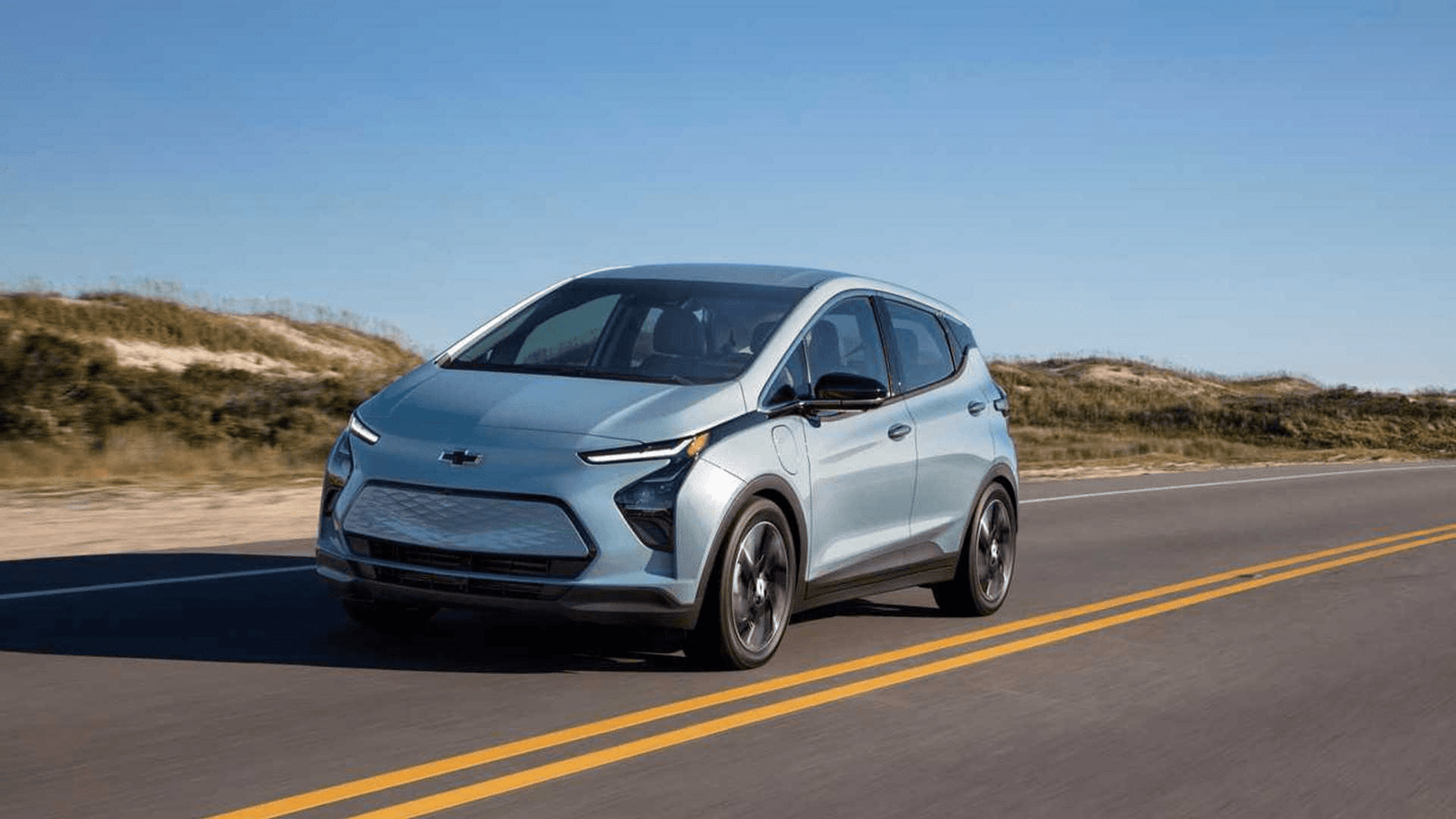
I’ve owned both: a new Nissan Leaf and a used Tesla Model 3. Each has its own advantages.
| Factor | New EV | Used EV |
|---|---|---|
| Price | Higher upfront; eligible for incentives | 30–40% cheaper due to faster early depreciation |
| Battery health | 100% condition | Check SOH — aim for ≥80% (85% is excellent) |
| Technology | Latest features, full warranty | May lack recent updates or OTA features |
| Depreciation | Faster in early years | Already absorbed initial drop |
Pro Tip: Always request a battery State of Health (SOH) report before buying a used EV.
Anything above 80% is considered good; 85% or higher is ideal.
EV Cost Comparison Calculator — New vs Used
New EV (Example)
Used EV (Example)
Financing and Leasing: How to Get the Best EV Deal
EV financing has become mainstream, with most major banks and credit unions offering dedicated loan programs.
Here’s how to get the best deal:
- Check your incentives: Confirm eligibility for federal and state EV credits before finalizing a purchase.
- Compare lenders: Banks like Bank of America and several credit unions offer competitive EV loans and charger bundle options.
- Consider leasing: Leasing often includes warranty coverage and can reduce upfront costs. Some leases also apply the federal tax credit directly.
- Calculate total ownership cost: Include loan EMIs, insurance, charging costs, and depreciation — not just sticker price.
The smartest buyers don’t look for the cheapest car — they look for the lowest long-term cost.
Download EV Financing Checklist (PDF)How to Inspect a Used Electric Car Like an Engineer

If you’re considering a used EV, a thorough inspection is essential. Here’s what I look for every time.
The Ultimate Used EV Inspection Checklist
- Battery Health (SOH): Must be 80% or higher.
- Charging Test: Plug into a fast charger — ensure charging rates are normal.
- Firmware Updates: Confirm the car runs the latest software version.
- Charging Port Type: Verify CCS or NACS compatibility; Tesla adapters cost around $300, others range $175–$300.
- Tires: Check for uneven wear — EVs are heavier and tougher on tires.
- Regenerative Braking: Ensure braking feels smooth and consistent.
- Documents: Review VIN, title, warranty, and maintenance records.
A five-minute inspection can save you thousands in repairs later.
Selling or Trading In Your Electric Car — Maximize Your Return

Selling an EV isn’t complicated — but the details matter.
Here’s how to get the best possible resale value.
EV Seller’s Checklist
- Get a battery report: Services like RecurrentAuto provide verified reports buyers trust.
- Highlight warranty coverage: EVs with active battery warranties attract more buyers.
- Install all updates: A fully updated car shows better range and performance.
- Clean and detail: Charge the car fully before photos — it instantly looks better.
- List smartly: Use reliable sites like Edmunds, Cars.com, CarsDirect, and EV-specific platforms.
- Price fairly: EVs depreciate faster than gas cars, especially in the first 2–3 years. Adjust accordingly.
A clean, updated EV with a verified battery report can sell weeks faster — and often at a premium.
Download EV Resale Preparation Checklist (PDF)Where to Find the Best EVs for Sale in the U.S.
Here are some trusted platforms to find and compare electric cars:
- Edmunds Electric Cars
- Kelley Blue Book EV Section
- RecurrentAuto — Used EVs with verified battery data
- CarsDirect EV Listings
- Tesla Used Inventory
These are reputable, data-backed sources I personally rely on when researching or reviewing EVs.
🧮 EV Resale Value Estimator (2025)
Estimated Resale Value:
Charging Adapters and Compatibility
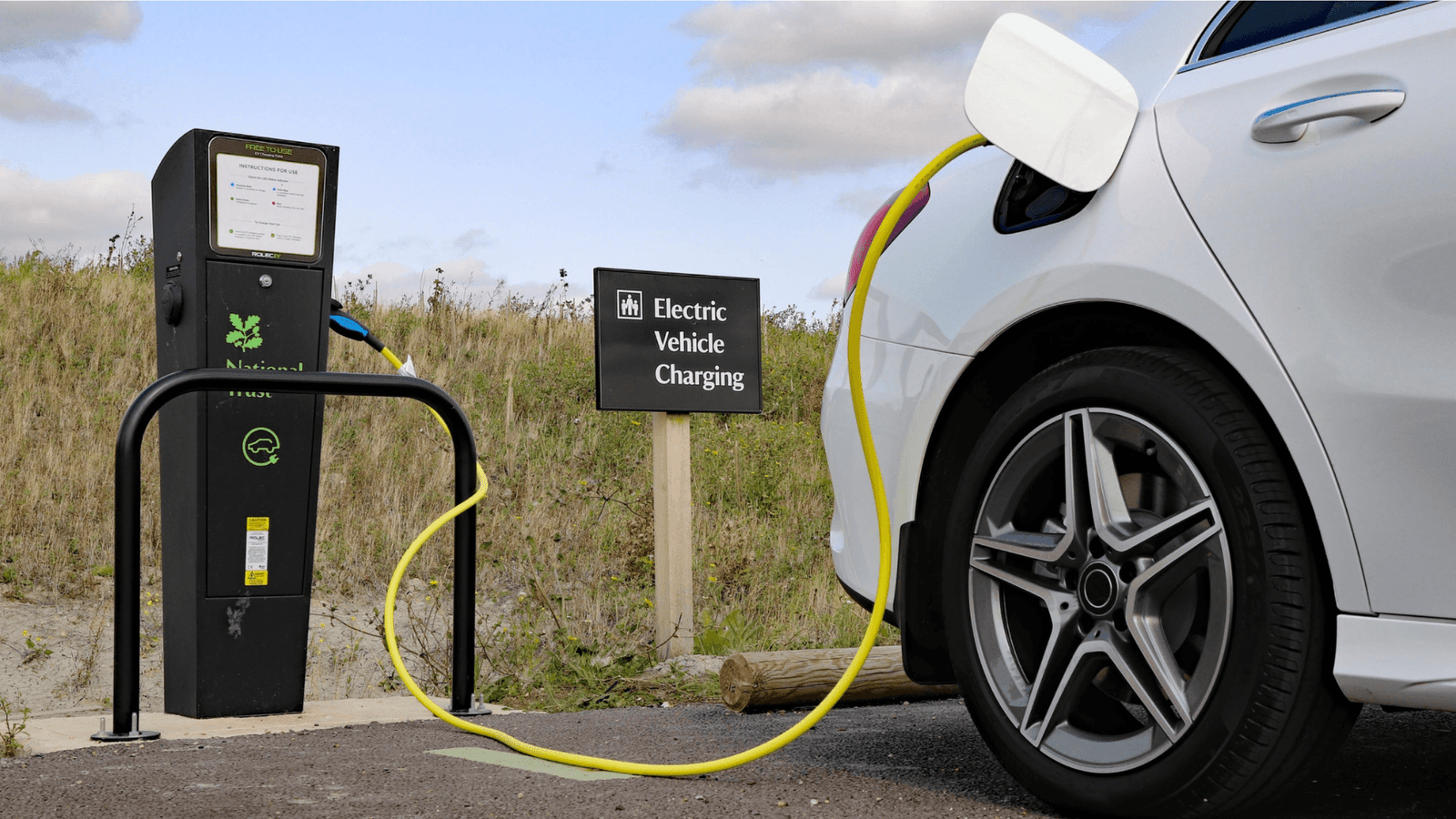
EV charging standards are rapidly evolving, and understanding them helps avoid future headaches.
- Tesla’s CCS1-to-NACS adapter costs around $300.
- Third-party adapters range from $175–$300 depending on brand and certification.
- By 2026, most U.S. automakers will adopt the NACS standard.
- Avoid overusing fast chargers; they’re convenient but can increase battery wear if used daily.
When in doubt, check your vehicle manual or the manufacturer’s official charging recommendations.
The Real Story About EV Resale Value
Let’s be honest — EVs currently depreciate faster than gas vehicles.
Many models lose around 40% of their value within two years, compared to 20% for traditional cars.
But this is changing fast.
Newer EVs have better batteries, longer warranties, and growing demand in the used market.
As charging infrastructure expands and confidence rises, resale values are expected to stabilize.
So yes — early depreciation is real, but it’s a temporary growing pain in an otherwise unstoppable transition.
Quick Buyer & Seller Checklist
| Step | Buyer’s To-Do | Seller’s To-Do |
|---|---|---|
| 1 | Request battery SOH report (≥80%) | Attach verified battery report |
| 2 | Confirm CCS/NACS compatibility | Include charger or adapter |
| 3 | Check warranty and title | Highlight remaining warranty |
| 4 | Test fast-charging and braking | Install all software updates |
| 5 | Compare resale values | Detail and photograph car fully |
Final Thoughts: Buy Smart, Sell Smarter
If there’s one thing a decade with electric cars has taught me, it’s this:
EVs reward informed buyers. The more you understand your car’s battery, depreciation curve, and warranty, the better your experience will be.
Electric cars are changing fast — and so are the opportunities to save, earn, and drive sustainably.

I’ve been driving, testing, and living with electric vehicles for years — from early compact EVs to today’s high-performance models. My journey into e-mobility started out of curiosity but quickly turned into a mission to help others make smarter EV choices. At VeCharged, I break down real-world ownership insights, cost analysis, and charging know-how so you can buy, sell, or switch to an EV with total confidence.

